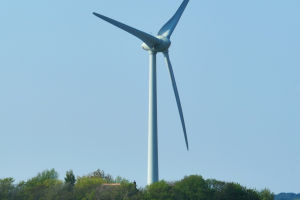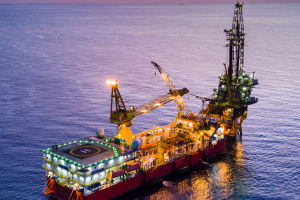High-speed trains, also known as bullet trains, are a popular mode of transportation in many countries around the world.
These trains travel at speeds of up to 300 km/h and offer a faster and more efficient means of transportation than traditional trains.
High-speed trains have revolutionized travel, making it possible to reach destinations quickly and comfortably.
High-speed trains were first developed in Japan in the 1960s, with the first commercial high-speed train, the Shinkansen, launching in 1964.
Since then, high-speed trains have spread around the world, with countries such as China, France, Germany, and Spain investing heavily in high-speed rail infrastructure.
High-speed trains offer many advantages over traditional trains and other modes of transportation.
One of the main advantages is speed. High-speed trains can travel at speeds of up to 300 km/h, which means that they can cover long distances quickly.
This makes them an ideal mode of transportation for business travelers and tourists who want to save time.
Another advantage of high-speed trains is safety. High-speed trains are designed with safety in mind and have several safety features that make them one of the safest modes of transportation.
For example, high-speed trains have automatic train control systems that regulate speed and ensure that the train stays on track. They also have advanced braking systems that can stop the train quickly in case of an emergency.
High-speed trains are also environmentally friendly.
These trains emit less carbon dioxide and other pollutants than cars and airplanes, making them a more sustainable mode of transportation.
In addition, high-speed trains can help to reduce traffic congestion and air pollution in cities by providing a fast and efficient alternative to driving.
One of the challenges of high-speed trains is the cost of building and maintaining the infrastructure. High-speed rail requires a significant investment in infrastructure, including new tracks, stations, and trains.
However, many countries have recognized the benefits of high-speed rail and have invested in this technology as a way to boost their economies and improve their transportation systems.
High-speed trains have also faced opposition from some communities and environmental groups. Some groups have raised concerns about the impact of high-speed rail on local communities and the environment.
For example, high-speed rail may require the construction of new tracks through rural areas, which could affect wildlife habitats and local communities.
Despite these challenges, high-speed trains continue to grow in popularity around the world.
High-speed rail networks are expanding, with new lines being built in countries such as the United States, India, and China.
High-speed trains offer a fast, efficient, and environmentally friendly means of transportation that is becoming increasingly important in a globalized world.
In conclusion, high-speed trains are a vital part of the transportation infrastructure of the future and will continue to play an important role in connecting people and places around the world.


